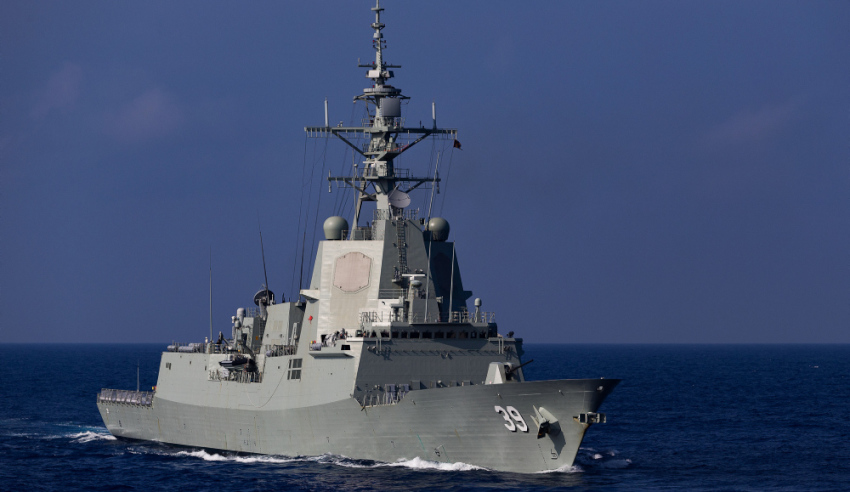Lockheed Martin Rotary and Mission Systems has secured a US$37.5 million cost-plus-fixed-fee contract modification to a previously awarded contract for additional Aegis combat system support for US-aligned navies, including the Royal Australian Navy.
To continue reading the rest of this article, please log in.
Create free account to get unlimited news articles and more!
The US Defense Security Cooperation Agency (DSCA) has approved the Foreign Military Sale (FMS) cost-plus-fixed-fee contract modification worth US$37.5 million to Lockheed Martin Rotary and Mission Systems to provide a range of additional Aegis combat system support, including:
- System engineering
- Computer program maintenance
- In-country support
- Staging support
- Implementation studies in support of current and future FMS Aegis shipbuilding programs
This modification will provide for additional Aegis combat system engineering, computer program maintenance, in-country support, staging support and implementation studies in support of current and future shipbuilding programs for Japan, Korea, Spain, Australia, Norway and other potential FMS customers.
The Aegis FMS programs that will be supported include the Japan Maritime Self-Defense Force Kongo and Atago Class ships, Republic of Korea Navy KDX III Class ships, Spanish Armada F-100 and F-110 program, Royal Norwegian Navy F310 Class ships and Royal Australian Navy Hunter and Hobart Class ships.
Centred around the AN/SPY-1 radar, Aegis is a fully integrated combat system, providing full 360-degree, 3D tracking capacity, Aegis is capable of simultaneously defending against attack from land targets, submarines and surface ships while automatically protecting the fleet against aircraft cruise missiles and ballistic missiles.
This integrated combat system serves to establish Aegis as a central component of the Integrated Air and Missile Defence (IAMD) providing robust anti-air warfare capabilities, with ballistic missile defence (BMD) capabilities.
Aegis, currently on its ninth baseline (BL9), has continually improved and added new capabilities to meet new threats, executed new missions and integrated technology.
Australia’s first Aegis-capable warships, the Hobart Class guided missile destroyers have paved the way for the system to be integrated into the Royal Australian Navy, with Aegis announced as the combat system for the Hunter Class guided missile frigates in conjunction with the Australian-designed CEAFAR phased array radar system and a uniquely Australian interface supplied by Saab Australia.
Integrating Aegis into the Future Frigates ensures immediate integration into Coalition taskforces from the first arrival at an area of operations and provides growth to capabilities like IAMD and BMD roles.
Aegis serves as the US Navy’s maritime command and control hub for the US joint, integrated and networked battlespace and is the key maritime component of the US BMD umbrella.
Australia’s selection integration of the Aegis combat system enhances the continuing global uptake of the combat system, as Japan, Korea and the United States continue to expand their respective Aegis-capable fleets across various classes of warships.
These include the Maya Class (Japan), Sejong the Great Class (South Korea) and the Flight II/A and III Arleigh Burke Class and to be determined Future Frigate (FFG-X) design (United States) serves to expand both the industrial and operational elements of the combat systems.
This growing global fleet provides Australian industry with the opportunity to integrate and participate with the global supply chain while also enhancing the operational understanding, integration and combat capabilities of the system to augment Australian and allied operation of the platform.
As Australia continues to transition the ADF to a fifth-generation, integrated force whereby key, fifth-generation force multipliers like the F-35, the E-7A Wedgetail, P-8A Poseidon, the future submarines and key land warfare platforms, including Boxer, the successful LAND 400 Phase 3 tender, Aegis as it is integrated into the Hobart destroyers and Hunter frigates will serve as a critical element of Australia’s existing and future networked and integrated battlespace.

 Login
Login







